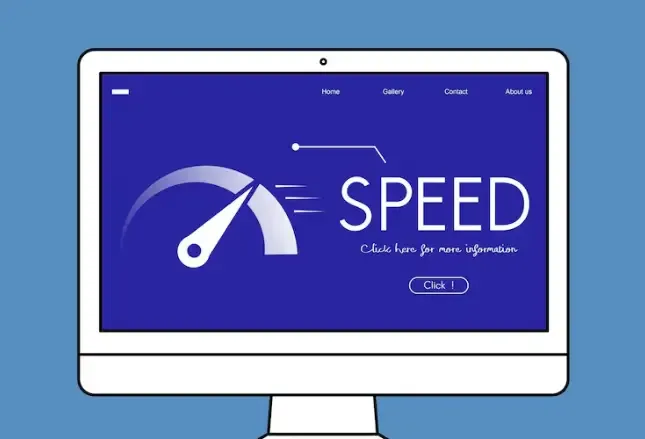Canvas Fingerprint Protection Guide: Boost Browser Privacy
In cross-border e-commerce operations, browser fingerprinting has become an important metric for measuring privacy security. Among them, the Canvas fingerprint is one of the most common types.
It identifies devices and browsers by the subtle differences produced when the browser renders graphics on the Canvas.
Although Canvas fingerprinting can enhance website security, it may also pose a threat to privacy. Therefore, how to detect and manage Canvas fingerprints is crucial for protecting account privacy.

What is Canvas fingerprinting?
In simple terms, when a browser renders text or graphics on a Canvas element, subtle rendering differences can occur due to different devices, operating systems, graphics card drivers, and even browser versions. These differences, when collected, form a "fingerprint" that can be used to identify visitors. Compared to traditional cookies, Canvas fingerprints are harder to delete or tamper with, which has raised concerns in privacy protection.
The privacy risks of canvas fingerprinting.
Although Canvas fingerprinting has security and anti-cheating purposes, for ordinary users, if not properly managed, it can be used to track online behavior. Advertising companies, data analysis platforms, and even some websites may use Canvas fingerprinting for precise targeting or cross-site tracking. This reminds us that it is essential to understand our browser fingerprint exposure and take protective measures.
UtilizationToDetect browser fingerprint detection toolEvaluate risks
To understand the exposure of Canvas fingerprints, the ToDetect browser fingerprint detection tool can be used. It can scan various dimensions of the browser, such as Canvas, WebGL, fonts, plugins, and User-Agent, and generate a fingerprint exposure report. By analyzing these reports, users can clearly see which features are easily recognizable, allowing them to take targeted protective measures.
The advantages of using ToDetect
Quickly assess browser fingerprint exposure: easily view the identifiability of Canvas and other fingerprints.
Provide improvement suggestions: Help users choose safer browser configurations or plugins.
Enhancing privacy compliance: For企业用户, it can be used for internal privacy audits to ensure legal compliance.
How to protect Canvas fingerprint privacy
Protecting Canvas fingerprint privacy does not mean "faking fingerprints," but rather reducing recognizability through legal means. Common methods include:
Use a privacy browser or plugin.
Browsers like Firefox and Brave offer anti-fingerprinting features that can prevent or obscure Canvas rendering data.Limit third-party scripts
Advertising and tracking scripts often collect Canvas data, and using NoScript or privacy protection plugins can effectively reduce exposure.Adjust browser settings
Disable unnecessary plugins and API permissions to reduce exposure of Canvas and WebGL data.Regularly detect fingerprint risks.
Regularly assess browser fingerprinting risks through tools like ToDetect and adjust settings promptly.
Canvas fingerprinting detectionFrequently Asked Questions (FAQ)
Can canvas fingerprints be completely deleted?
Not entirely. Canvas fingerprinting relies on rendering hardware and browser features, and cannot be directly deleted like cookies. However, using privacy plugins and browser settings can significantly reduce identifiability.
2. Will using ToDetect expose my privacy?
Professional testing tools typically operate in local or controlled environments, used exclusively for assessing fingerprint exposure, without uploading or leaking data. Choosing legitimate tools allows for safe evaluation.
3. Does protecting against Canvas fingerprinting affect the web browsing experience?
Some anti-fingerprinting measures may affect web features that rely on Canvas or WebGL, such as online drawing or 3D effects, but most regular web browsing will not be significantly impacted.
4. How can enterprise users utilize ToDetect for privacy compliance audits?
Enterprises can use ToDetect to assess fingerprint exposure of employees or customers' browsers, analyze potential privacy risks, and develop compliance protection strategies based on legal requirements (such as GDPR, Personal Information Protection Law).
Summary
Canvas fingerprint detection has both security value and potential privacy risks. By using the ToDetect browser fingerprint detection tool for assessment, and combining it with privacy browsers, plugins, and security settings, the exposure of fingerprints can be effectively reduced, protecting both personal and corporate privacy. Focusing on browser fingerprint protection is not only a technical necessity but also a required course in privacy in the modern internet environment.



